
The best players in each decade according to AI
Many players left their mark in history, but only a few are considered the best
Throughout more than 100 years of modern soccer history, many legends left their mark on the field. In this article, we review who were the best players of each decade, according to the data provided by artificial intelligence. From the black and white era to the age of social media, these stars defined their time.
1930s
🥇 Giuseppe Meazza (Italy)
Italian forward who led the national team to win two World Cups (1934 and 1938). A figure of Inter and a symbol of pre-war "calcio," his name today titles the stadium shared by Inter and Milan. With 33 goals in 53 international matches, he was a total star in an era where soccer was beginning to take global shape.
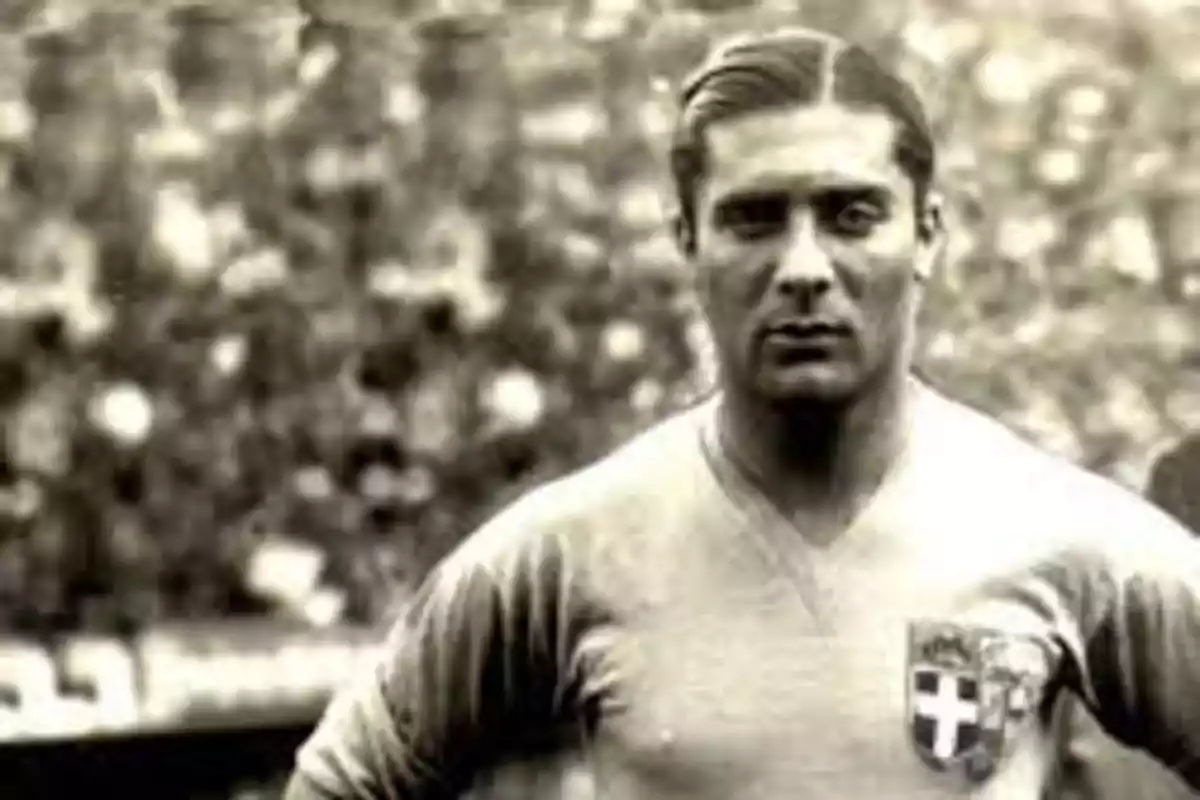
🥈 Matthias Sindelar (Austria)
Known as "The Mozart of Soccer," he was the genius of the Austrian "Wunderteam." Owner of refined technique, he refused to play for Nazi Germany after the Anschluss. He died under mysterious circumstances in 1939, but his legacy as a symbol of resistance and talent endures.
1940s
🥇 José Manuel Moreno (Argentina)
A essential part of River Plate's "La Máquina," Moreno was the first player to become a champion in four different countries. His class, versatility, and scoring ability made him one of the most complete in history. In Argentina, he is considered one of the greatest idols of the golden era.
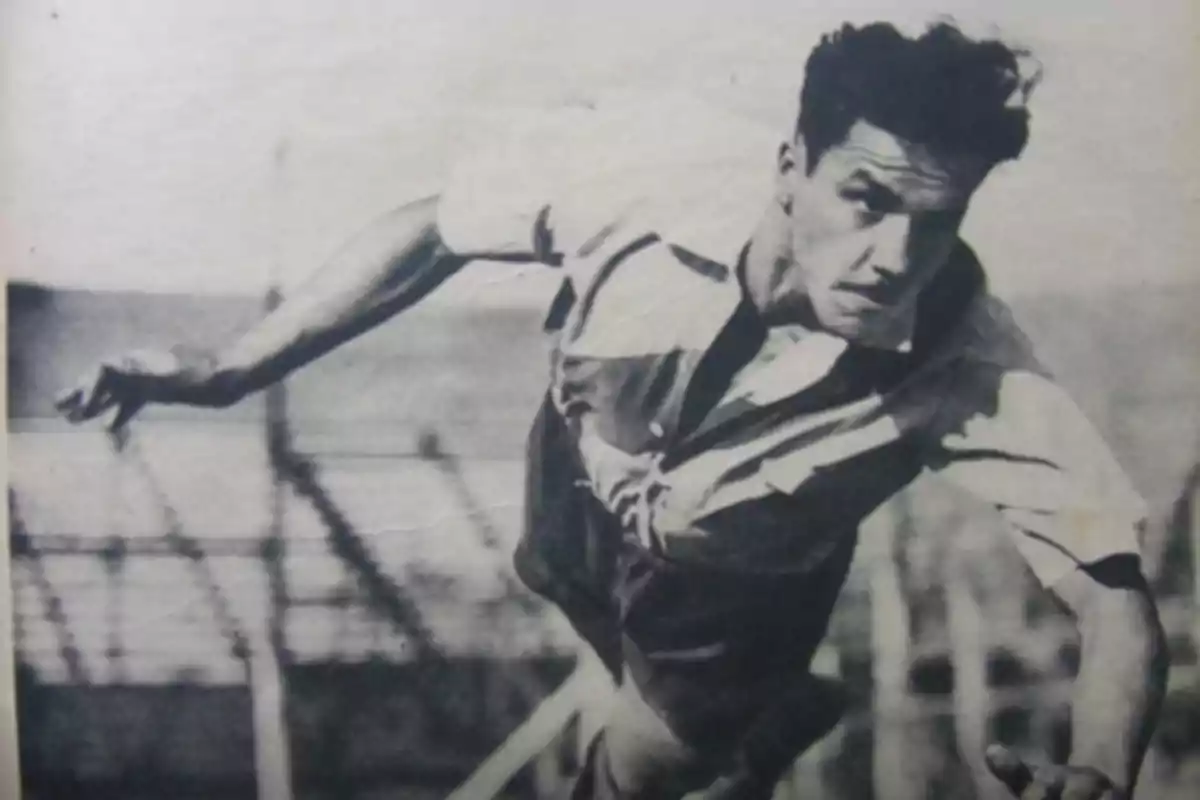
🥈 Valentino Mazzola (Italy)
Captain of the Grande Torino, a team that dominated Italian soccer until the Superga air disaster in 1949. Mazzola was a modern all-rounder, leader, and reference. His death marked the end of a glorious era for the club and for Italy.
1950s
🥇 Alfredo Di Stéfano (Argentina)
"The Blond Arrow" excelled with River, Millonarios of Colombia, and especially at Real Madrid, where he was a pillar of the team that won 5 consecutive European Cups. His influence transcended position: he defended, created play, and scored. He played for three national teams (Argentina, Colombia, and Spain), but never played in a World Cup.
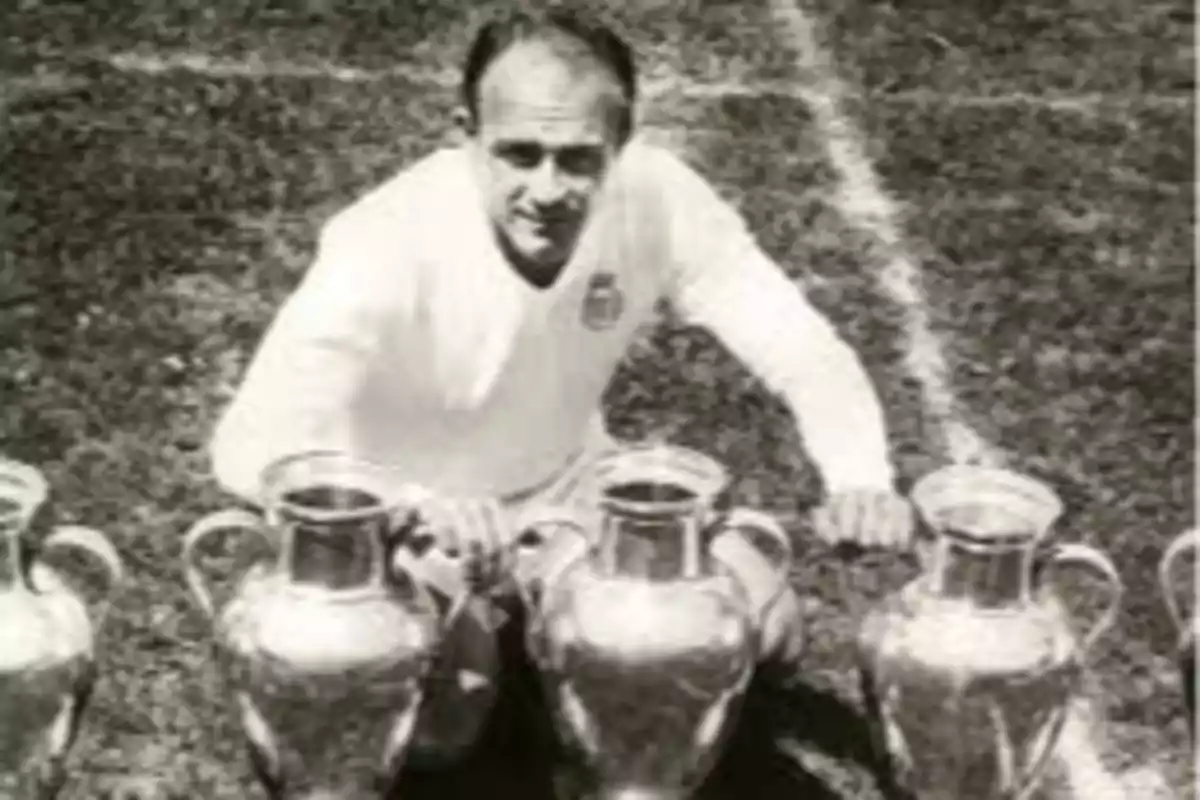
🥈 Ferenc Puskás (Hungary)
Idol of the legendary Hungarian team of the 50s, the "Magical Magyars," he was a formidable forward with a magical left foot. After the Hungarian Revolution, he emigrated to Real Madrid, where he formed a lethal duo with Di Stéfano. He scored over 700 official goals.
1960s
🥇 Pelé (Brazil)
Edson Arantes do Nascimento, better known as Pelé, won his first World Cup at just 17 years old in 1958. Throughout his career, he lifted three World Cups and scored over 1000 goals. He was a global icon even before globalization. His legacy is eternal, both on and off the field.
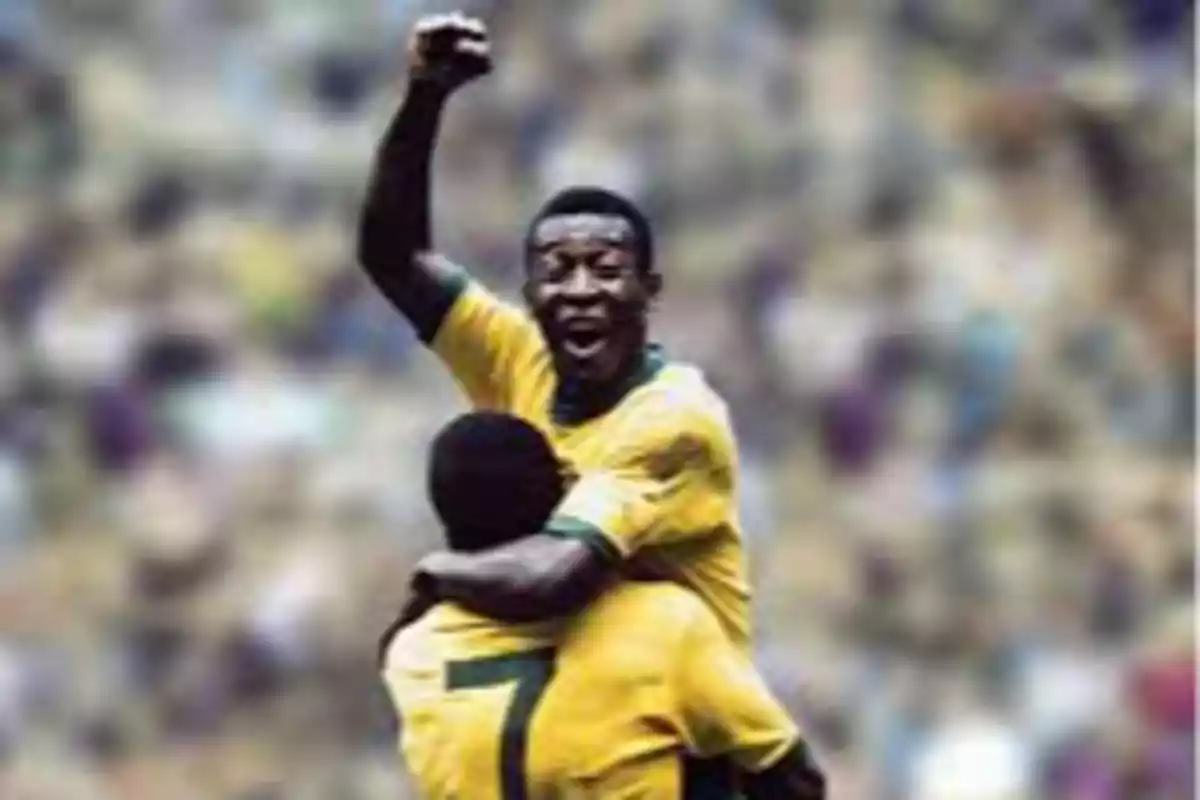
🥈 Garrincha (Brazil)
Owner of the most unpredictable dribble in history, he was decisive in the world titles of 1958 and 1962. Garrincha represented the essence of Brazilian soccer: joy, improvisation, and natural talent. His life was as dazzling as it was tragic.
1970s
🥇 Johan Cruyff (Netherlands)
Symbol of "total football" with the Netherlands national team and with the multi-champion Ajax. He later transformed Barcelona as a player and coach. His vision of the game, tactical intelligence, and elegance marked generations.
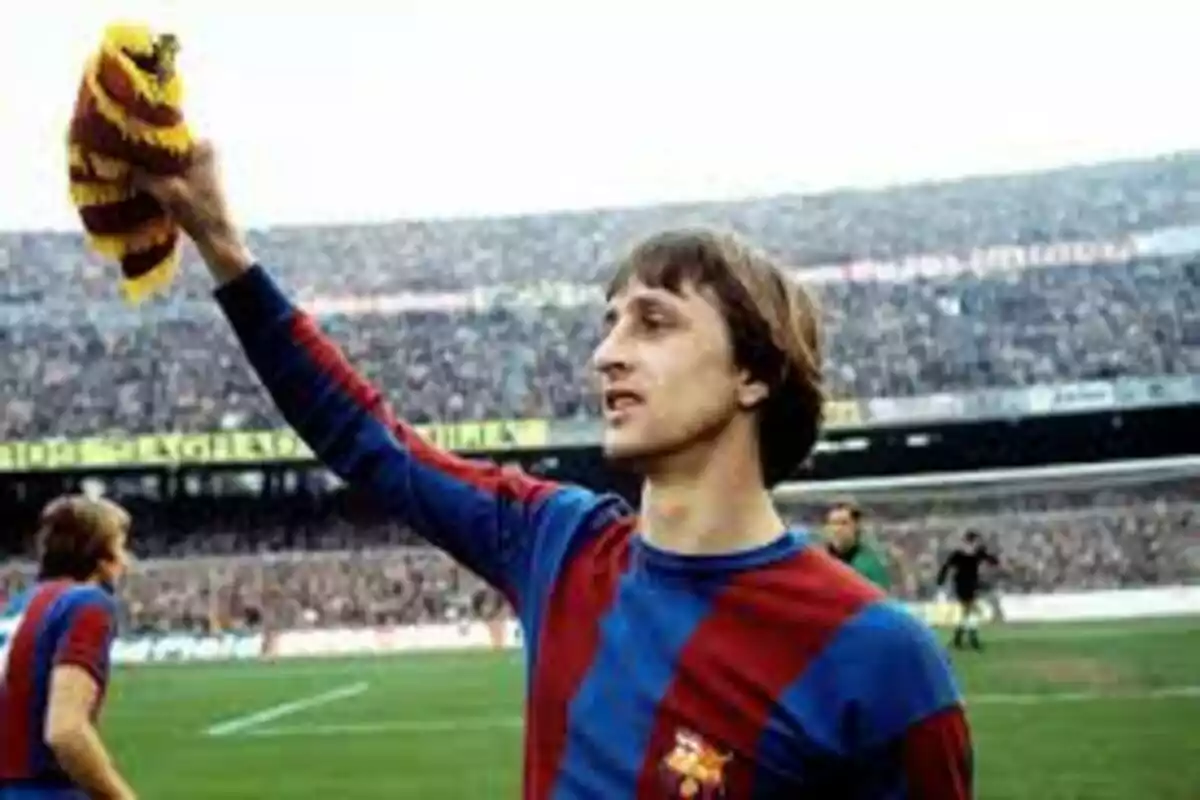
🥈 Franz Beckenbauer (Germany)
The "Kaiser" was a world champion as a player (1974) and coach (1990). A pioneer in the libero role, he combined defense with clean play and vision. Emblem of Bayern Munich and a natural leader.
1980s
🥇 Diego Maradona (Argentina)
He did it all. He scored "the hand of God," the best goal in history, and led Argentina to glory in Mexico 86. An eternal idol in Napoli, where he conquered southern Italy against all odds. His talent was as immense as his personality.
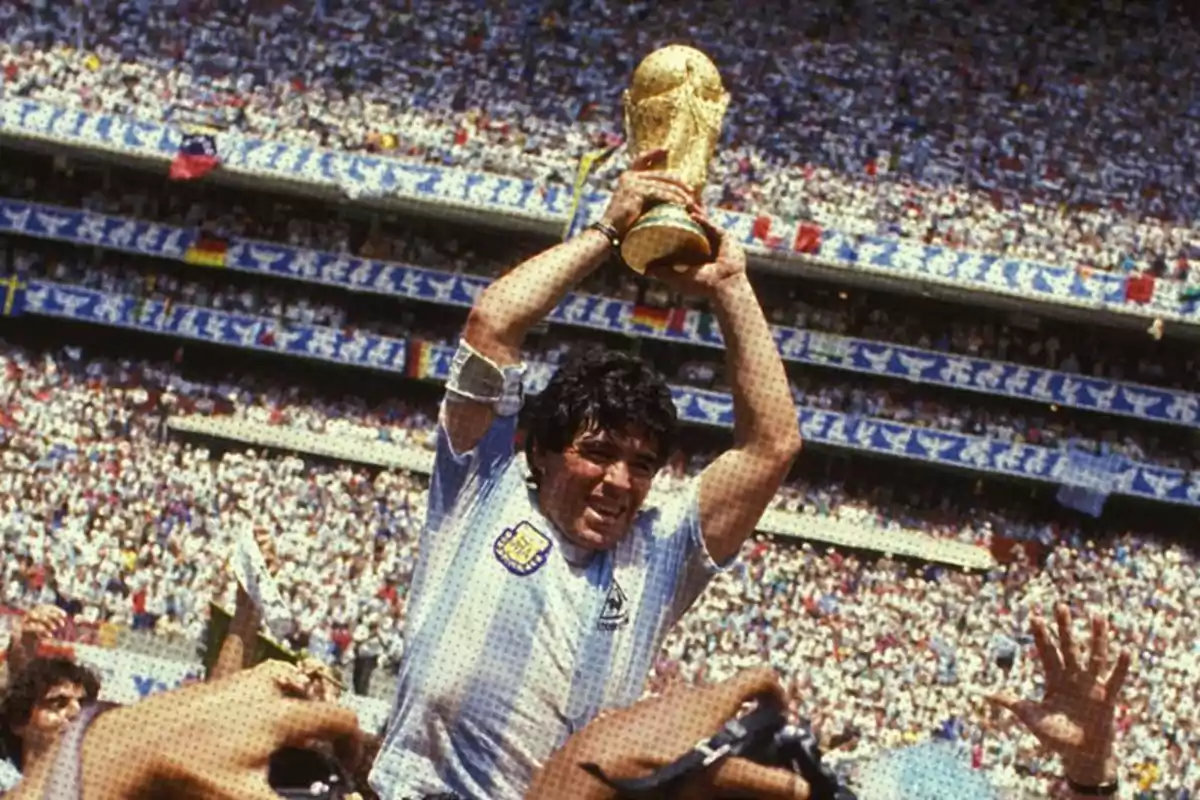
🥈 Michel Platini (France)
Star of Juventus and the brain of the France team that won the 1984 European Championship. Elegant, precise, and with great scoring ability from the midfield. One of the most influential midfielders of the 20th century.
1990s
🥇 Ronaldo Nazário (Brazil)
The "Phenomenon" was the most unstoppable player of the decade. He debuted at 16, excelled at PSV, Barça, Inter, Real Madrid, and was a world champion in 2002. His mix of speed, skill, and finishing was revolutionary.
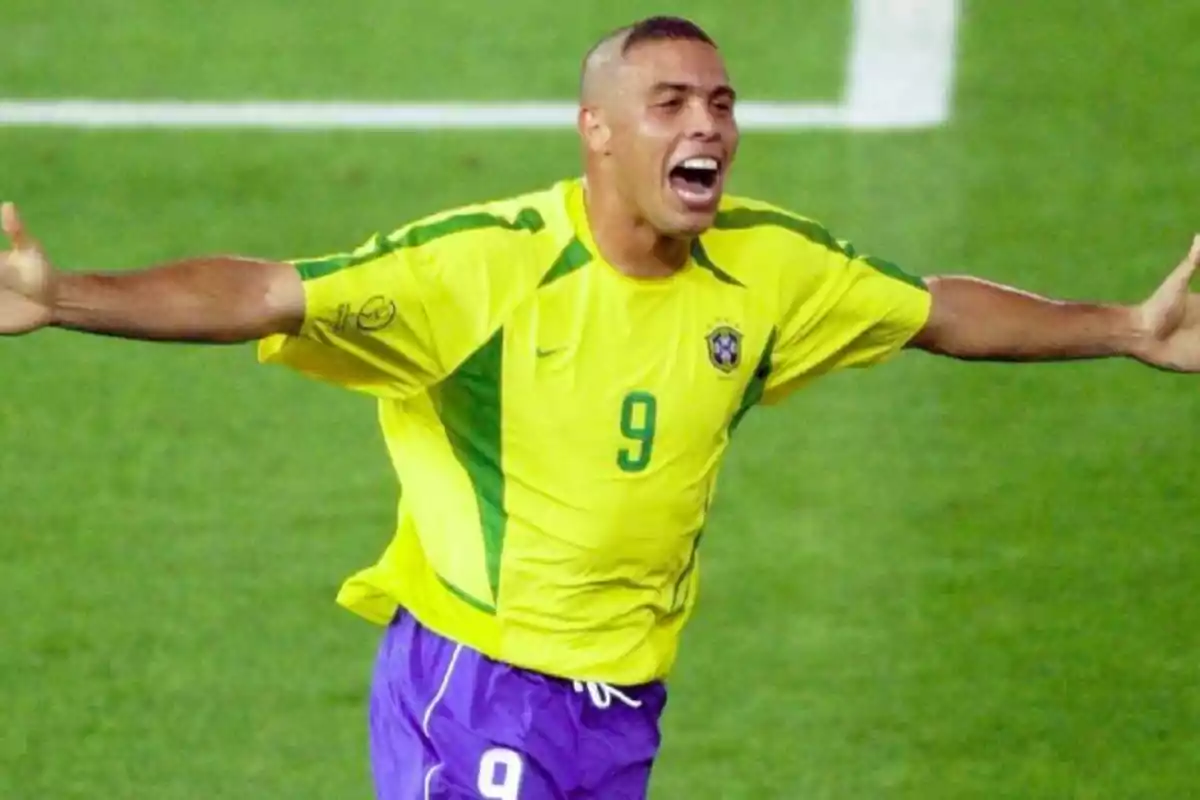
🥈 Paolo Maldini (Italy)
For more than two decades, he maintained a very high level. Captain and symbol of Milan, he played over 1000 professional matches. His sober and effective style made him one of the best defenders of all time.
2000s
🥇 Zinedine Zidane (France)
World champion in 1998 and a figure in clubs like Juventus and Real Madrid. His volley goal in the 2002 Champions League final is pure history. Zizou combined technique, elegance, and vision like few others.
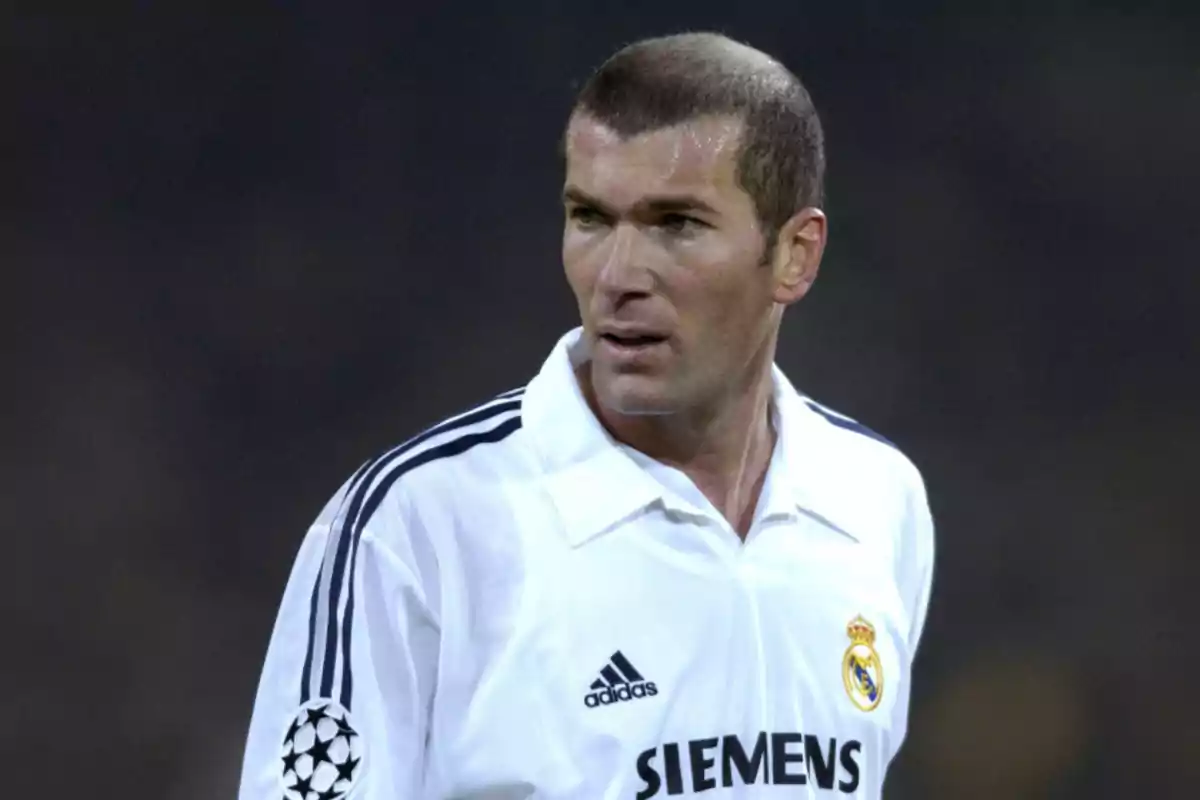
🥈 Ronaldinho (Brazil)
He was the most magical player of his time. He dazzled with his smile, effortless skill, and love for the game. He won a Ballon d'Or, a Champions League, and left a mark on the most playful Barcelona.
2010s
🥇 Lionel Messi (Argentina)
He won everything with Barcelona: 10 Leagues, 4 Champions Leagues, and multiple individual records. He added the World Cup in 2022 and Copa América in 2021 with Argentina. Considered by many as the greatest of all time.
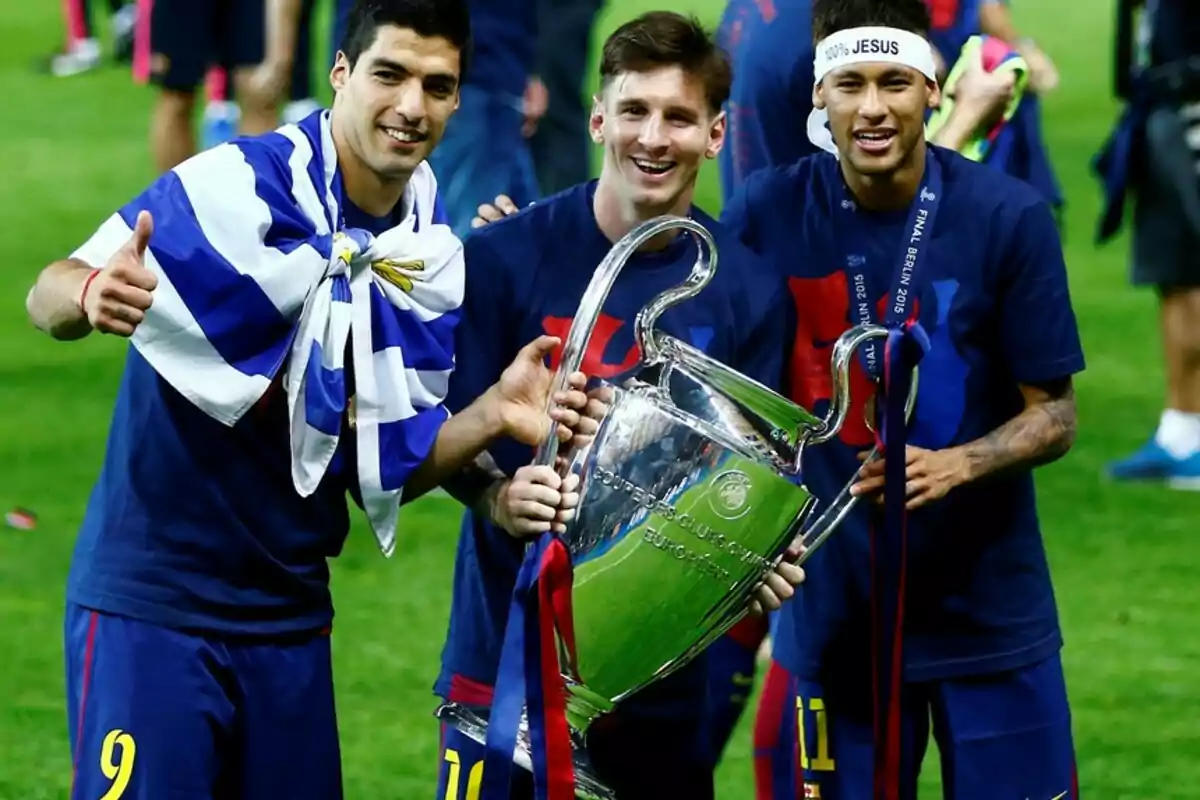
🥈 Cristiano Ronaldo (Portugal)
Winner of five Champions Leagues, European champion with Portugal, and a goal machine. His physique, competitive mentality, and consistency kept him at the elite level for over 15 years.
2020s
🥇 Lionel Messi (Argentina)
Although already over 30 years old, Messi was definitively crowned by winning the Qatar 2022 World Cup. His time at PSG and now Inter Miami doesn't overshadow his enduring relevance, which remains intact.
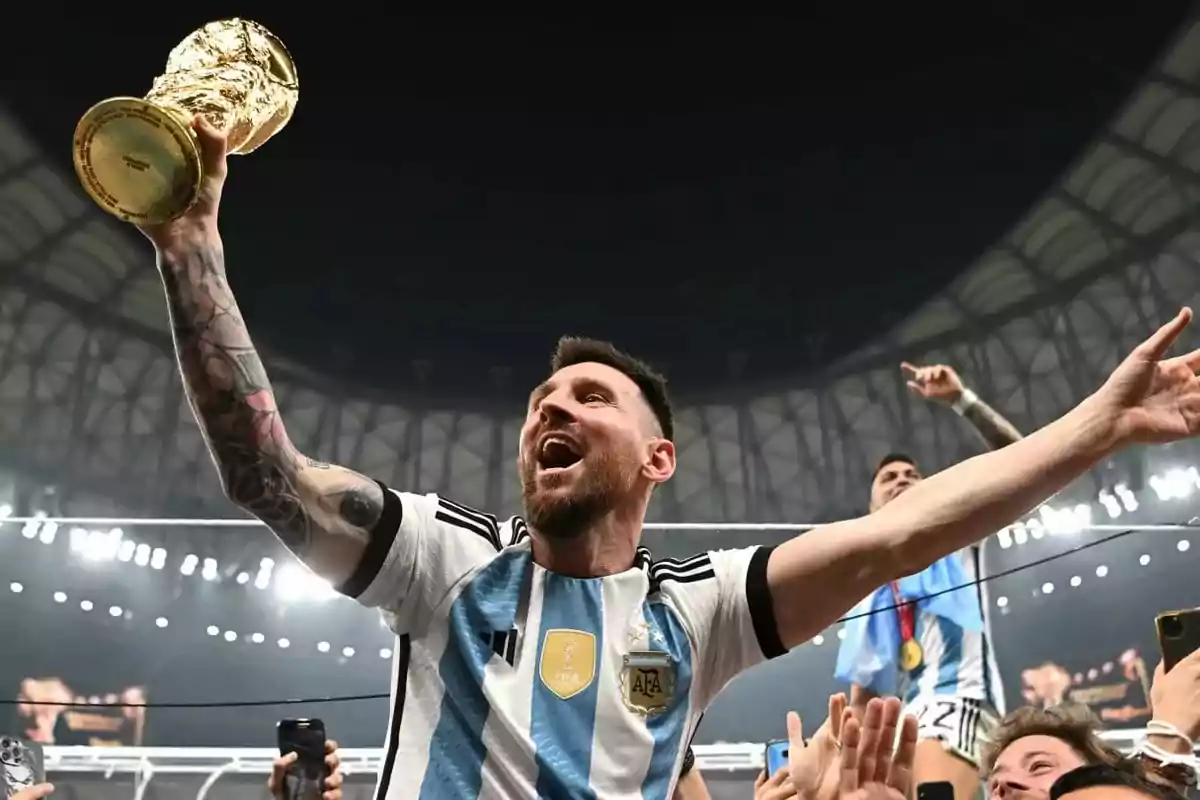
🥈 Kylian Mbappé (France)
The star of the future. World champion in 2018, a standout in the 2022 final with three goals. His speed, scoring ability, and personality position him as the great name of the new era.
More posts: